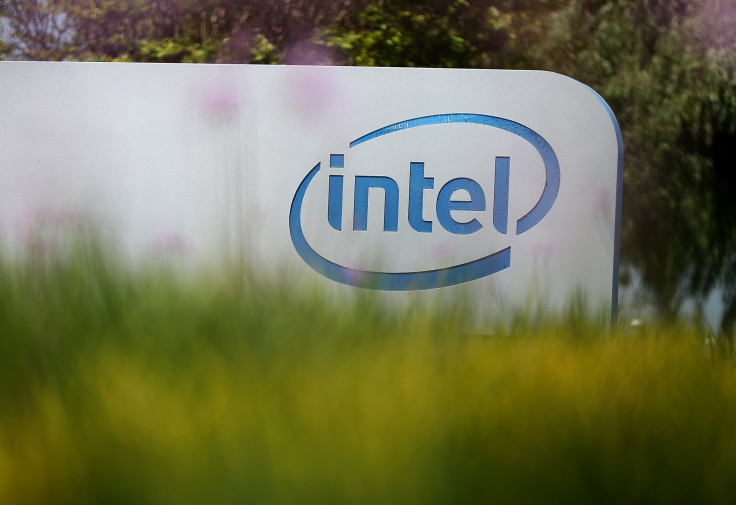Intel Corp. Prepping X399 High-End Desktop Platform

In the second half of 2018, chip giant Intel (NASDAQ:INTC) is expected to launch a new family of processors called Cascade Lake-X targeted at the niche but profitable high-end desktop computer market.
This article originally appeared in the Motley Fool.
Cascade Lake-X is believed to be similar in design to the current generation Skylake-X processors, which launched in the summer of 2017. Yet because it'll have some design improvements as well as be manufactured in the company's new third-generation 14nm technology (Skylake-X is manufactured using the company's second-generation 14nm technology), the chips are expected to deliver a solid boost in performance compared to their predecessors.
Historically, when Intel releases a new high-end desktop platform, it has kept that platform around for two generations. This is because in the past, Intel's high-end desktop platforms have been consumer-oriented derivatives of its data center platforms. Typically, Intel will only update its data center platforms once every two generations, while its consumer-focused parts (e.g. notebooks and mainstream desktops) get annual updates.
Beginning with the launch of the company's X299 high-end desktop platform alongside the Skylake-X processors last year, though, Intel no longer used repurposed data center platforms for its high-end desktop offerings. Instead, it took the same basic technology from its standard consumer platforms and adapted it to the high-end desktop market.
Per a new leak that comes directly from Intel itself (via Tom's Hardware), Intel intends to release a new platform alongside the new Cascade Lake-X chips, known as X399. It would seem that Intel now intends to update its high-end desktop platforms annually, in line with its other consumer-oriented platforms.
Let's go over what this means for Intel's high-end desktop platform business.
Better chance of success
Typically when Intel releases new platforms, those platforms tend to be better than their predecessors. In the case of X399, we should expect that it'll be more efficient (since the X399 chip will be manufactured using Intel's 14nm technology -- a big upgrade from the 22nm technology used to build X299) and should have significantly more features such as integrated Wi-Fi, more advanced USB connectivity, and so on.
Those additional features should allow motherboard makers to cut down the number of third-party chips that they need for their designs, enabling both a cost structure reduction for the motherboard makers as well as increased dollar content share for Intel (since Intel is providing more functionality, it can get paid for the value it delivers).
On top of the inherent platform-level features, new platforms give motherboard makers excuses to release new motherboard designs. These designs, thanks in part to the enhanced Intel platform and in part to the ingenuity from the motherboard makers, can prove to be compelling reasons for computer builders to upgrade to the new chips.
What Intel needs to deliver with the Cascade Lake-X processors
For the Cascade Lake-X processors and the accompanying X399 platform to succeed in the marketplace, Intel is going to need to not only boost the performance of the chips year over year (something that's practically a given), but it'll likely need to price the new Cascade Lake-X chips lower than it did the Skylake-X parts last year in response to the significant competitive pressurethat the company faces in this market.
Better performance, a new platform, and more attractive pricing across the board could help Intel grow its high-end desktop processor business in the coming year or so.
Ashraf Eassa owns shares of Intel. The Motley Fool recommends Intel. The Motley Fool has a disclosure policy.



















